Recent storms which crossed Indiana brought welcome rains to current dry conditions, yet were not without additional challenges, which includes hail damage.
Recent storms which crossed Indiana brought welcome rains to current dry conditions, yet were not without additional challenges, which includes hail damage.
2023 Western Bean Cutworm Pheromone Trap Report

A couple of weeks ago I had conversation with several State of Indiana Farm Service Agency (FSA) employees.
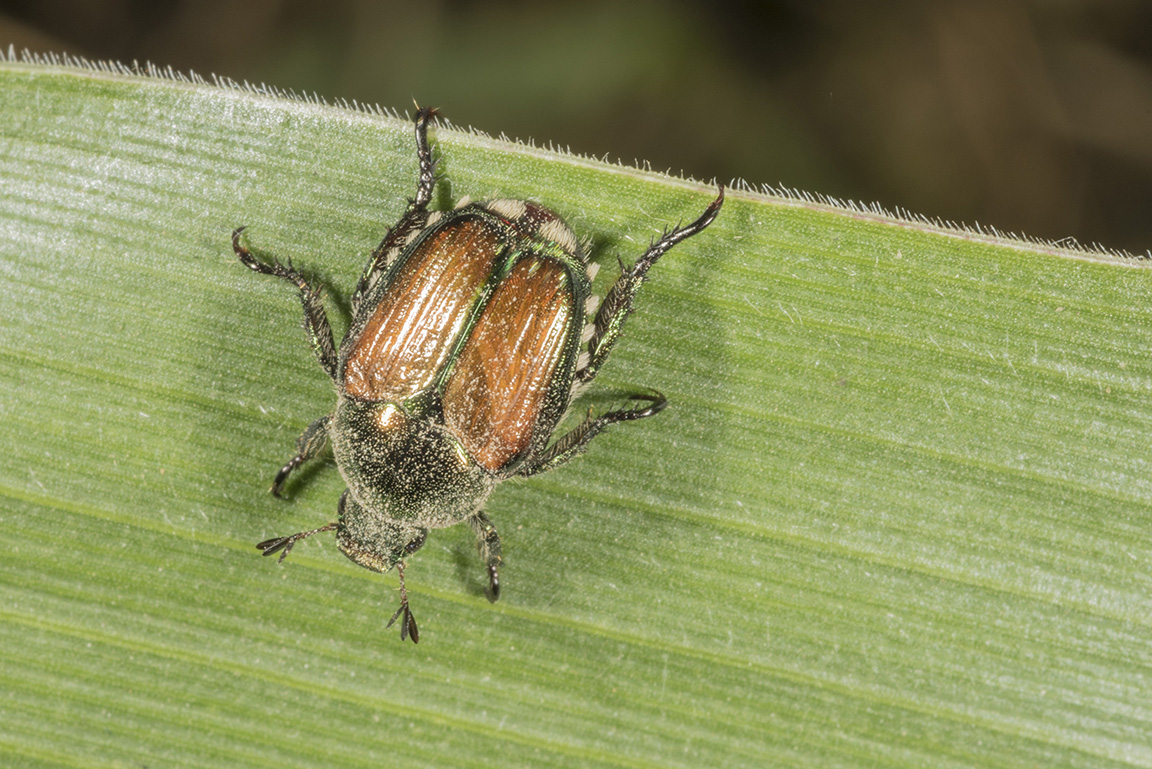
Japanese beetle adults are emerging, though slowly, throughout the state.
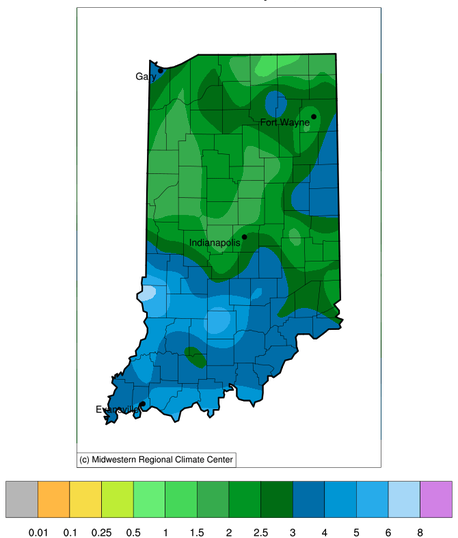
For the past seven weeks, abnormally dry conditions gradually spread and intensified across Indiana to eventually cover over 98% of the state.
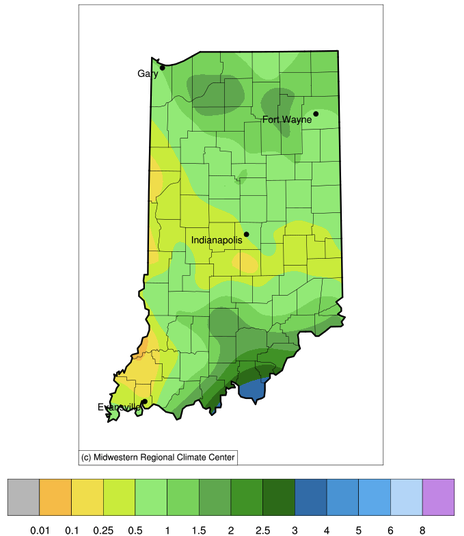
While drought has been on many people’s minds lately, Indiana has had several rain events pass through that brought much needed moisture.
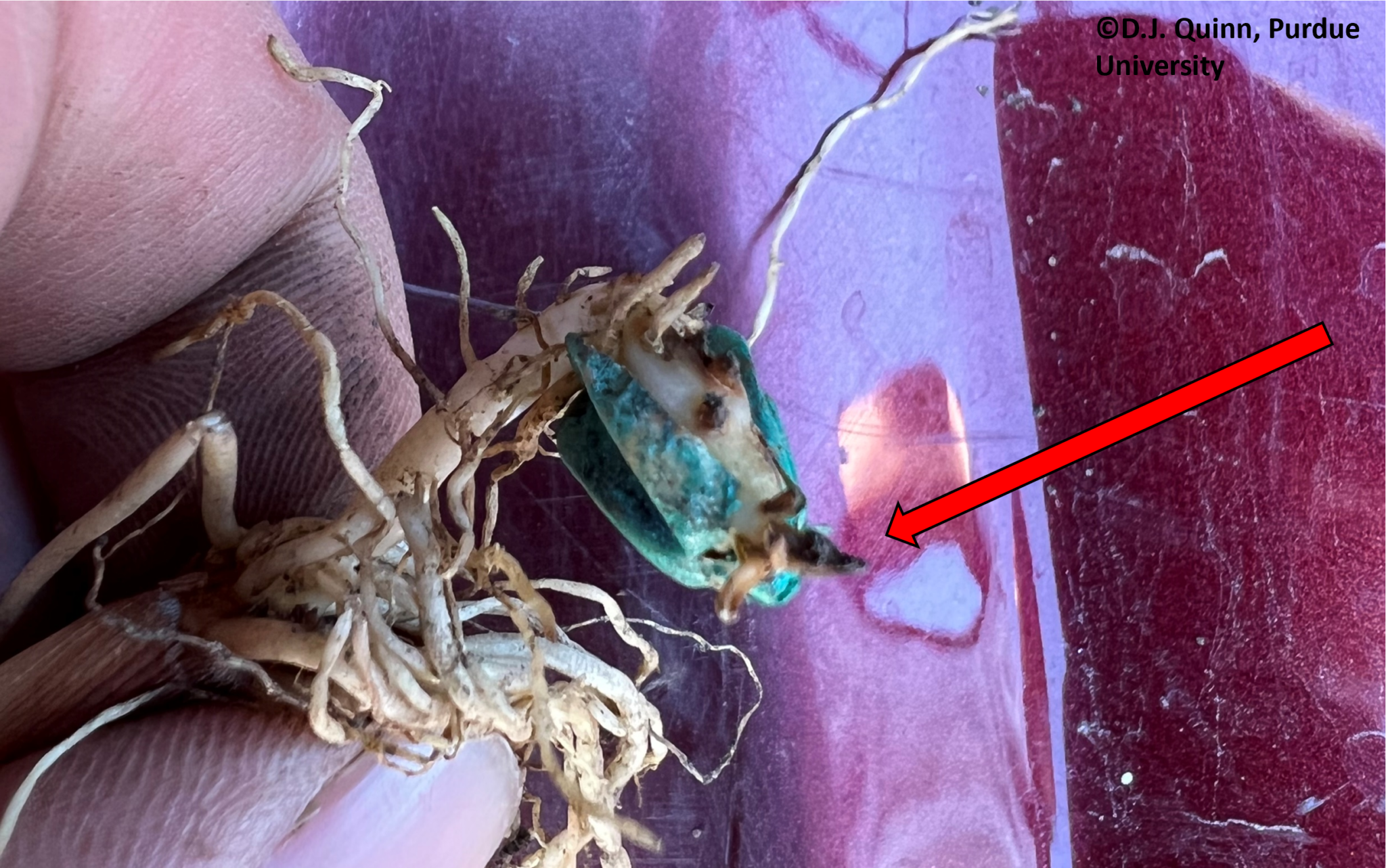
Many farmers in Indiana utilize starter fertilizer applications, specifically applied through the planter and in close proximity to the seed, which are known to provide benefits such as early crop access to necessary nutrients, improved and more rapid plant growth, and reduced grain moisture at harvest.

Potato leafhopper populations have been increasing with the warming temperatures and dry weather in most areas of the state.
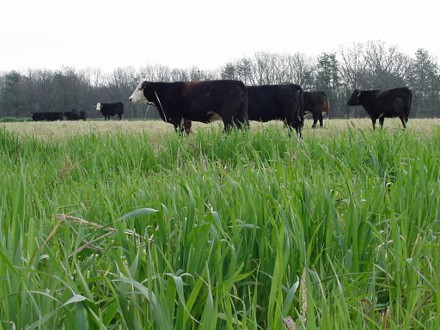
The weather forecast is desirable for rain the next several days. The following are considerations to heed to improve forage growth and inventory of stored feed for ruminant livestock and equine if the forecast holds true. Inventory current forage resources and routinely determine how much more forage, other than what you have at time of assessment, might be needed to get to spring grazing in 2024. If forage inventory continues to be low despite a return for more usual rainfall, strategize a plan to avoid the stress of an immediate crisis. Keep in mind that hay purchase can be expensive if delayed until late winter. The following link has many points of consideration. (Beef Management Practices: When Forages are in Short Supply Because of Drought). Scout pasture for weed species present and develop a control plan if they are competing with desired forages and/or are poisonous concerns. An excellent resource[Read More…]
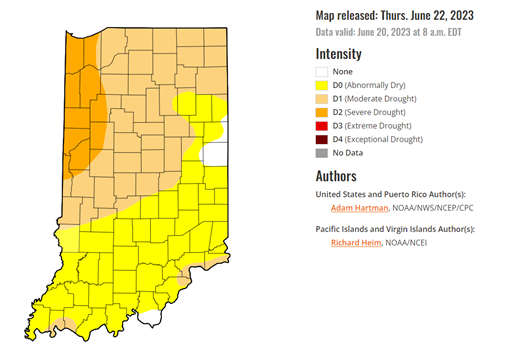
The biggest challenge so far this year for Indiana corn production has been the dry conditions experienced throughout the state (Figure 1).
© 2026 Purdue University | An equal access/equal opportunity university | Copyright Complaints | Maintained by Pest&Crop newsletter
If you have trouble accessing this page because of a disability, please contact Pest&Crop newsletter at luck@purdue.edu.